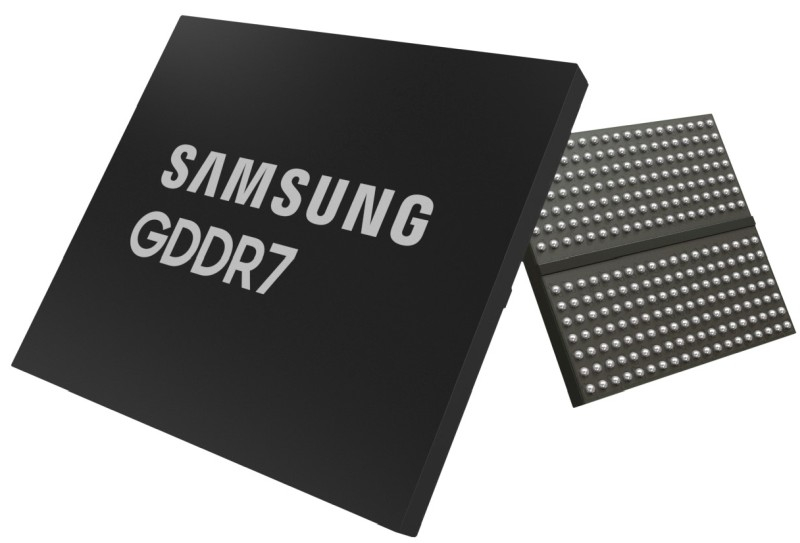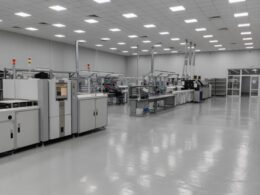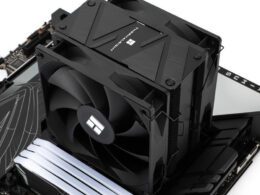Samsung Reveals Breakthrough GDDR7 Memory Technology at IEEE 2024 Conference
Samsung, a global technology giant, is set to introduce its cutting-edge GDDR7 (Graphics Double Data Rate) memory at the February International Solid-State Circuits Conference IEEE 2024. This pioneering product, described by Samsung as a “16 Gbit DRAM GDDR7, 37 Gbit/s with optimized PAM3 TRX correction and ZQ calibration”, is predicted to significantly boost performance in high-end graphic devices and artificial intelligence.
Unprecedented Speeds and Reduced Power Consumption
The crown jewel of Samsung’s innovation, the GDDR7 memory, delivers a remarkable data transfer speed of up to 37 Gbit/s per pin, equating to 37 GT/s bandwidth. With its new 16 GByte Samsung GDDR7 chip, the data transfer speeds reach a phenomenal 148 GByte/s. When combined with a 384-bit bus in a graphics card memory subsystem, the bandwidth soars to an impressive 1.776 TByte/s. For comparison, the current-gen GeForce RTX 4090 using GDDR6X memory provides 1.008 TByte/s. This increased performance does not come at the expense of power consumption which, according to Samsung, is 20% less compared to other memory chips.
The Role of PAM3 in Achieving High Speeds
The high-speed data transmission rates of the GDDR7 have been made possible by the implementation of a PAM3 scheme. PAM3, a Pulse Amplitude Modulation system with three signal levels (-1, 0, and +1), allows the transmission of three data bits in two cycles—an enormous improvement over the two-level NRZ used in GDDR6. While PAM3 signals require more energy to generate and decode, and are more susceptible to interference, the advantages outweigh the negatives, making it a perfect fit for GDDR7.


Increased Energy Efficiency and Heat Resistance
Another notable feature is the use of an epoxy compound by Samsung, with a 70% increase in heat resistance. This suggests that the GDDR7 memory modules tend to heat up more compared to GDDR6, especially at higher clock frequencies. Samsung has also mentioned a low-voltage GDDR7 variant for laptops, although specific performance measurements have yet to be disclosed.
Availability of the GDDR7 Technology
The much-awaited GDDR7 is expected to be available with the next generation of AMD and NVIDIA graphics processors, presumably, later this year.





